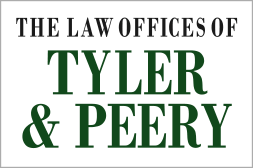Injuries are an unavoidable reality of the oil and gas industry. If you currently work in the Texas oil industry, it is essential to familiarize yourself with the risks you and your fellow employees are taking.
Confined spaces
Arguably the most dangerous variable that line workers should be aware of is the amount of space they have to perform their job. Confined spaces at extraction sites, especially around wellheads, can be susceptible to vapor and gas ignition as well as more likely places for asphyxiation and exposure to chemicals. Before asking any employee to enter a confined space, oil companies not only need a confined space entry program but must also comply with the U.S. Occupational Safety and Health Administration’s extensive list of safety regulations.
Fires and chemical exposure
Any vapor or gas ignition occurring at an extraction site is not limited to a confined space but certainly gets magnified there. Fire is destructive, but a fire in a confined space is a nightmare. In lock-step with the safety regulations concerning confined spaces, OSHA mandates that all drilling companies provide flame-resistant clothing, have adequate exit routes and an extensive emergency action plan if a fire occurs.
Chemical exposure is another danger that gets amplified in a confined space with the highest probability being during periods of heavy pumping or hydraulic fracturing. Drilling sites present multiple mediums for exposure, so companies must take all necessary precautions to help their workers avoid onsite exposure to harmful chemicals.
Closing perspective
It is important to remember that oil field workers’ pitfalls are not limited to confined spaces. Still, limited space tends to heighten the stakes in the severity of potential personal injuries and the possibility of fatality. If you have suffered an injury while working in the Texas oil and gas industry, especially an injury that occurred in a confined space on site, it may be a good idea to contact an attorney to understand your rights.
